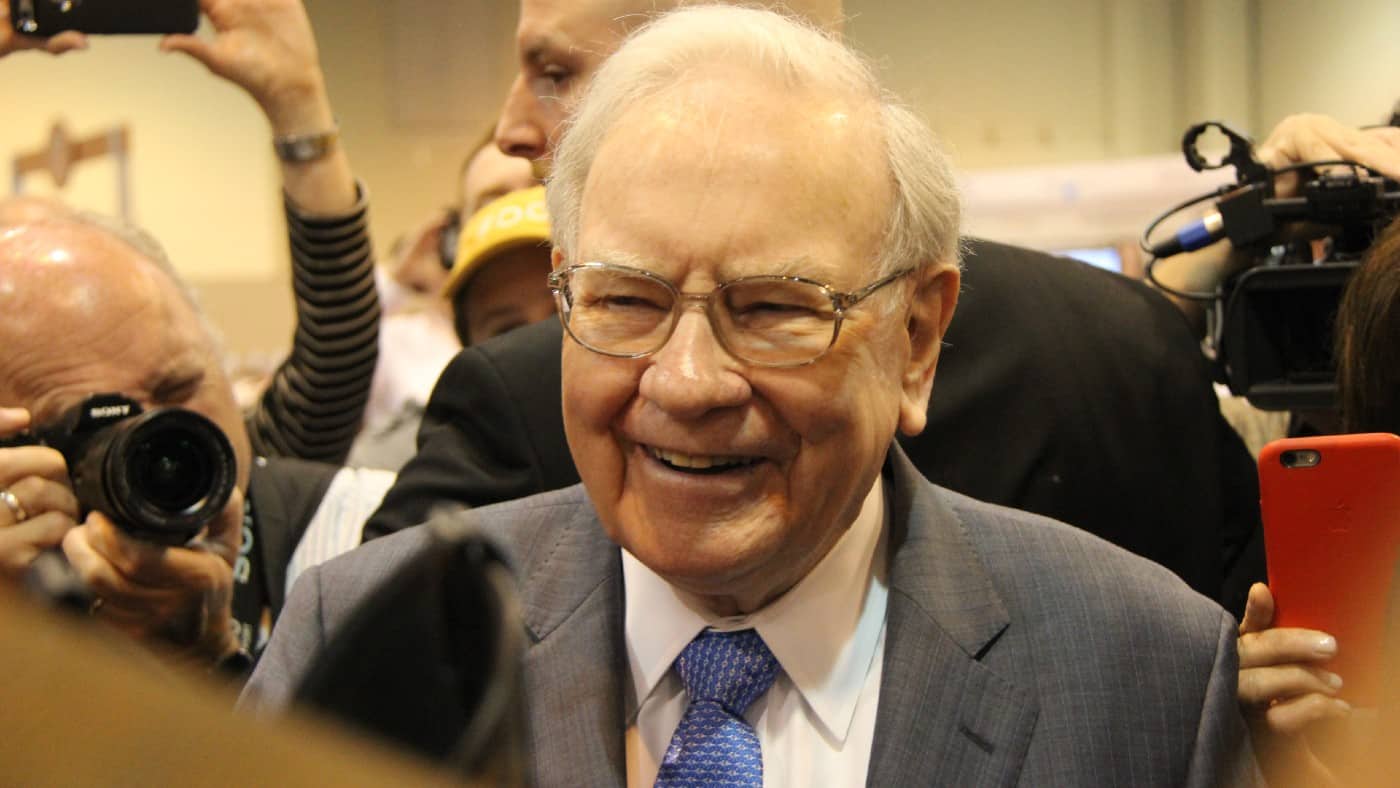Warren Buffett hardly seems like the sort of person who sits at home thinking about how to earn passive income. After all, he is a billionaire many, many times over.
But Buffett has actually spent decades setting up passive income streams. Indeed, he said: “If you don’t find a way to make money while you sleep, you will work until you die”.
For Buffett, who often says how much he enjoys his work, that might be fine. For many people though, earning money while they sleep (another way of describing passive income) can help them boost their lifestyle while they work — and in retirement too.
Learning from Buffett’s approach, here is how I would aim to put in place an investment approach today I realistically think it could earn me £1,900 in passive income each month in future.
How Buffett earns passive income
The ‘Sage of Omaha’ has earned vast amounts of passive income by owning stakes in companies that have a proven technique for generating more cash than they need.
As an example, consider his stake in Coca-Cola (NYSE: KO). The company operates in a field that is likely to benefit from long-term demand. Billions of people worldwide need to drink something, every day.
Thanks to a proprietary formula, iconic brand and extensive distribution system, Coca-Cola has a competitive edge over rivals. That helps it earn more money than it needs, which it can use to pay out dividends. The Coca-Cola dividend has increased annually for over half a century.
Buffett now earns more than half what he paid for his Coca-Cola shares every year in passive income, in the form of dividends.
Learning from a master
That reflects a couple of important facts beyond merely choosing a great share to buy in the first place.
Buffett has owned the shares for decades. The long-term approach to investment can help boost passive income over time if investing in strong companies that grow their dividends regularly, as Coca-Cola has done (some cut or cancel them).
It also reflects the fact that purchase price matters. Buffett does not just aim to buy into great businesses, he tries to do so when their shares are available at an attractive price.
After all, a share’s dividend yield reflects an objective element (what the dividend per share is) but also a subjective one (what price a specific investor paid for his shares).
Spreading the risks
Despite its performance, Coca-Cola is just one of the shares Buffett owns. Even the best companies face risks such as ingredient inflation and changing consumer tastes that could both eat into sales. So Buffett keeps his portfolio diversified.
Another critical element of his approach has been reinvesting his earnings instead of paying them out as dividends.
Building income streams
A similar approach of reinvesting dividends, known as compounding, could hopefully help me hit my own passive income goals over the long term.
For example, if I invested £100 each week in shares at an average annual dividend yield of 8% and reinvested those dividends, after 22 years I would be earning over £1,900 each month, on average, in passive income.
An 8% yield is high but some FTSE 100 shares have one. So right now, I am searching for high-quality shares with outstanding income prospects.







